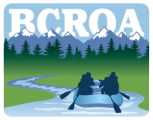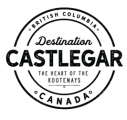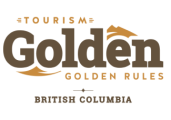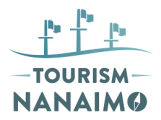The first river I paddled in British Columbia was the Slocan in the East Kootenay. It was, and still is, unbelievably beautiful. Having grown up canoeing the flat-as-glass prairies, I had never enjoyed the experience of floating along the foot of a mountain range before. The peaks of the Valhallas loomed over my starboard gunnel while farmland stretched out for kilometres on my port side. I’ve since had the opportunity to raft, canoe, paddleboard, and kayak many different waterways throughout the province and for World Rivers Day, I decided to culminate this list of my favourites as well as those recommended by other paddlers.
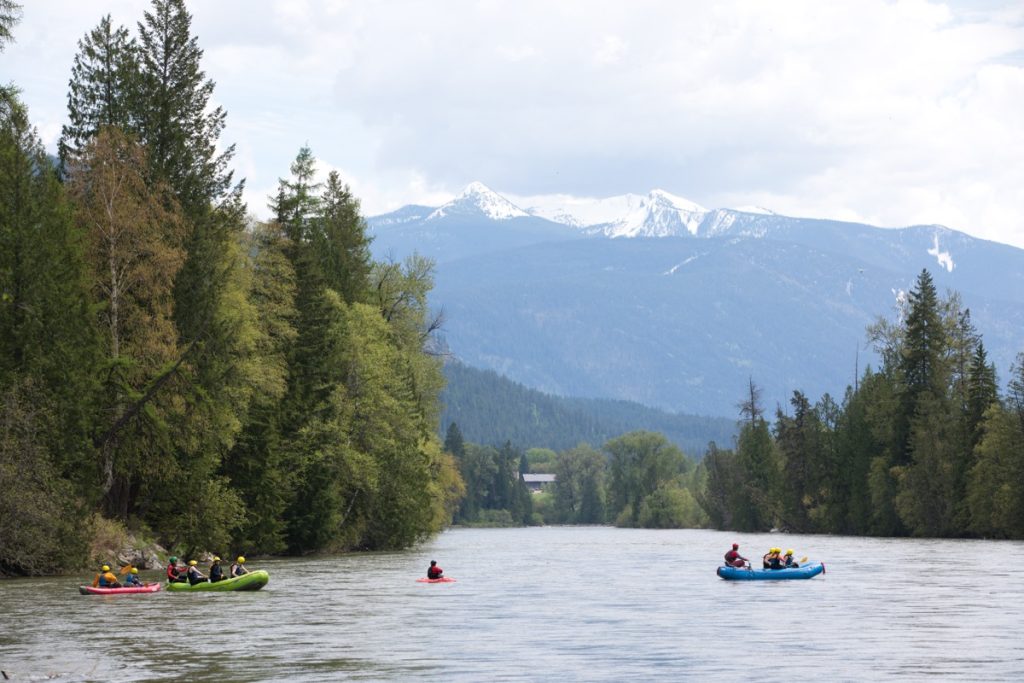
Every fourth Sunday in September, people across the globe celebrate World Rivers Day, honouring the millions of rivers around the planet and their many ecological, cultural, recreational, and spiritual values. What some people might not know is the event has BC origins. It began in 2005 when Canadian environmentalist and river advocate Mark Angelo proposed a global observance building on the success of BC Rivers Day, which was founded in 1980 to raise awareness of the need for river stewardship. The day is meant both to celebrate what rivers give us and to focus attention on threats such as pollution, habitat loss, flow alterations, and climate change. Given that World Rivers Day began in British Columbia and the province is rich in waterways from dramatic whitewater to calm wetland flows, here is a list of the 11 we recommend you enjoy.

Kicking Horse River (Golden)
The Kicking Horse River roars out of the Canadian Rockies near Golden, delivering whitewater thrills across its three main sections. The “upper canyon” includes class III-IV rapids, while the middle canyon steps up to class IV-V and is for experienced paddlers only. The lower canyon (near Golden) offers strong class III-IV rapids that mellow as you float toward town. It’s famous for its dramatic canyon scenery, glacial-fed turquoise water, powerful holes, and surging waves. For those seeking adventure and adrenaline, Kicking Horse delivers; for others, the lower stretches offer spectacular scenery with somewhat gentler paddling.
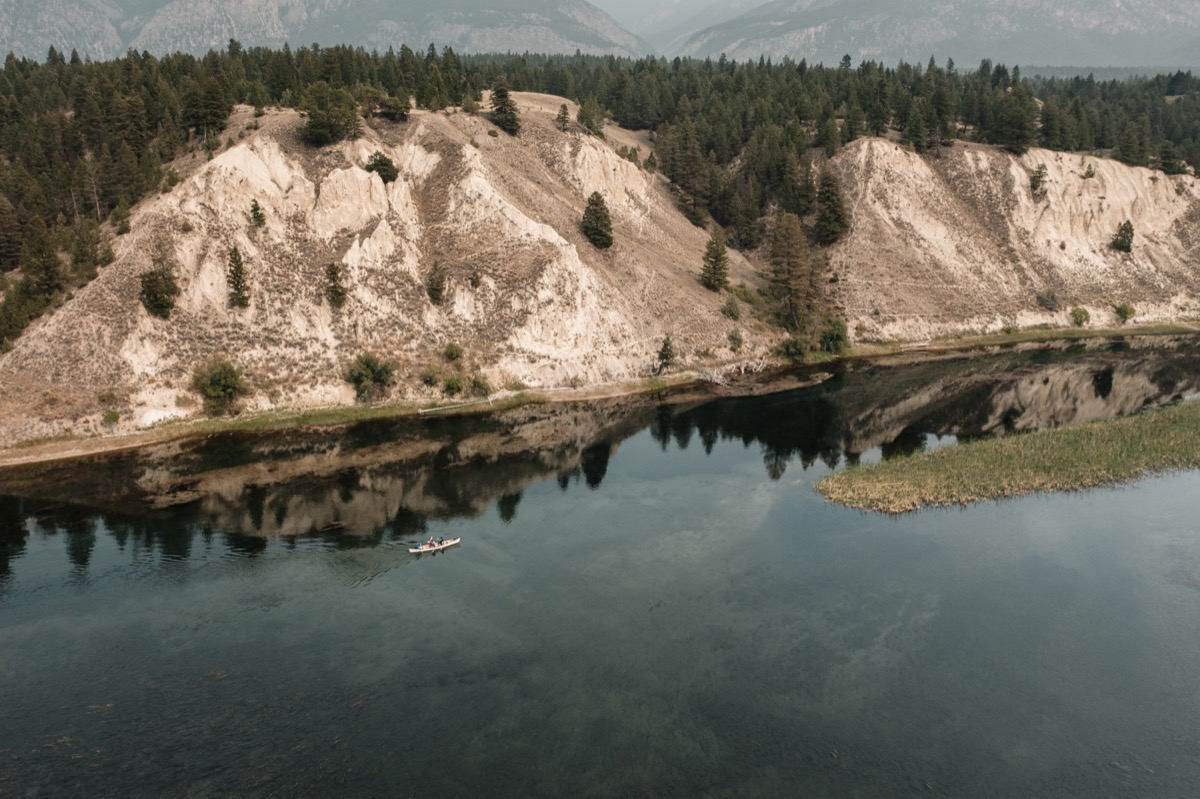
Columbia River Wetlands (East Kootenay region)
The Columbia River Wetlands stretch between the Rocky and Purcell Mountains: one of North America’s largest intact wetland systems. Here paddling is calming and wildlife-rich. You can drift among marshes, sloughs and side-channels, spotting birds (eg. eagles, herons), perhaps moose and other large mammals. The water is slow and gentle, well suited to canoe, kayak or paddleboard. It’s a place for immersion in nature—serenity rather than whitewater. In summer the warm light, reflections, and wetland vegetation make for beautiful paddling days. (Access typically via outfitter or local launch points.)

Elk River (Fernie)
The Elk River, flowing through Fernie and the Elk Valley, offers a full spectrum: from wild upper canyon class V waterfalls, slides and drops for expert paddlers, to gentler floats through town. Local operators offer guided rafting or kayaking on milder sections; there are stretches suitable for relaxing paddling, fly fishing, or SUP. The river is dynamic: snowmelt and rainfall change flow and hazards (logjams, cold water, debris). For those who know their limits, it’s a gem of scenery, biodiversity, and paddling challenge.
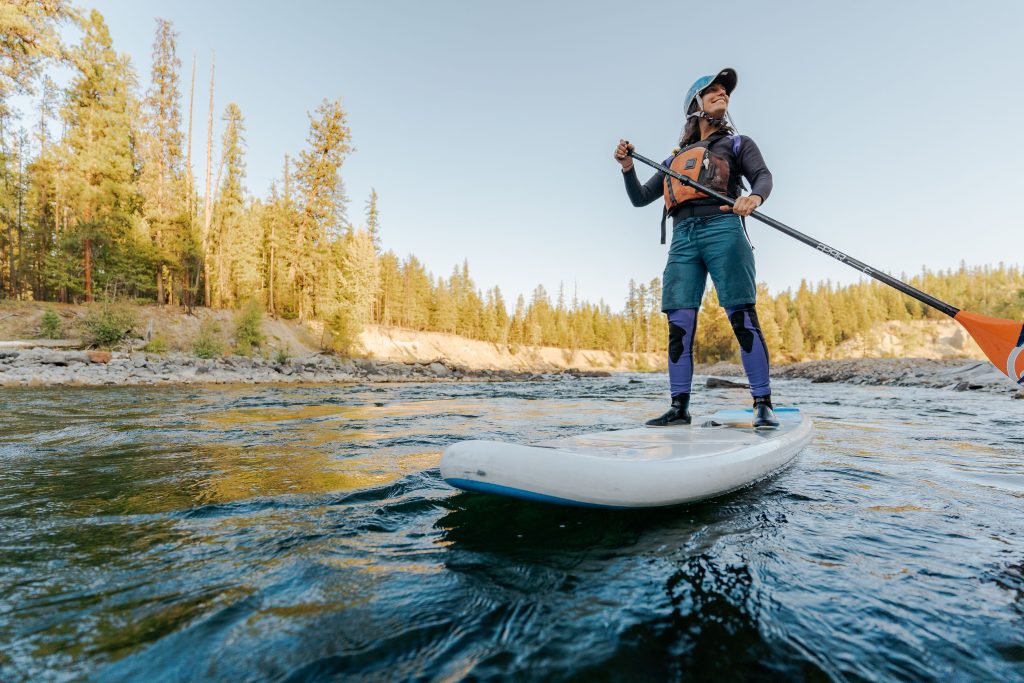
St Mary River (Cranbrook)
The St. Mary River, flowing east from St. Mary Lake near Cranbrook and Marysville, is wide and shallow in many parts, but offers whitewater sections along with rafting and kayaking. It’s accessible by road, making it a favourite local run. The river has gentler stretches good for families or paddlers wanting to try something more mellow, plus some playful rapids (class II-III) when flows allow. In spring melt or after rain, features get lively. It combines scenic mountain-valley landscapes, ease of access, and a mix of calm and excitement.
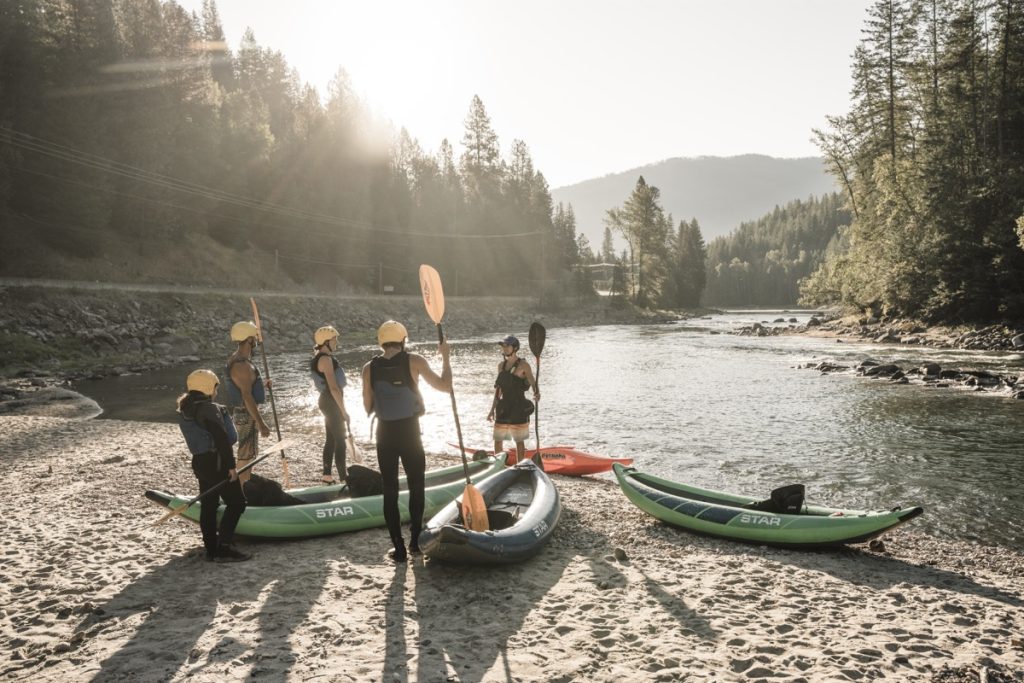
Slocan River (between Nelson & Castlegar)
The Slocan River flows from Slocan Lake south through the Slocan Valley to its confluence with the Kootenay. It offers a mix: broad flatwater, lazy meanders, occasional riffles, and in its lower sections near Shoreacres or between bridges, some class II-III rapids. Features like the elevator waves, Canadian Wave and others appear under certain flows. It’s a favourite for floats, SUP, and kayaking. The valley around is beautiful, with forested slopes, clear water, and often less crowded waterways. Excellent for paddlers who want some variety without extreme whitewater.
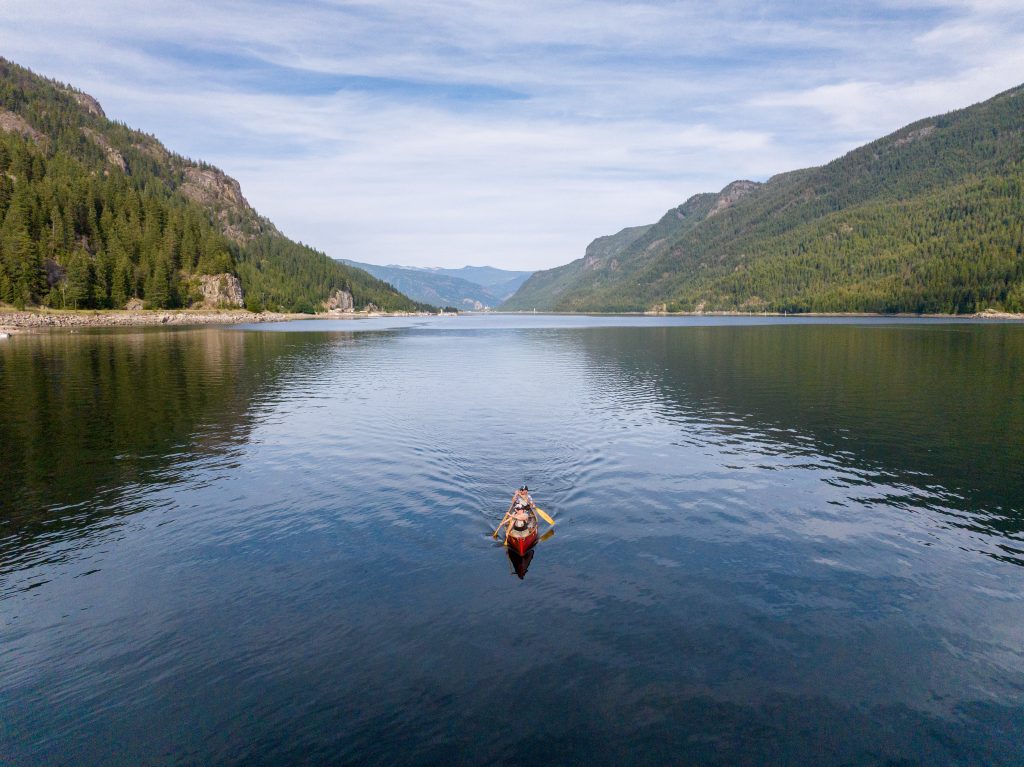
Columbia River (Castlegar)
This stretch of the mighty Columbia offers accessible paddling right from Castlegar. Millennium Park provides boat launches; there are coves, eddies, bays, and quieter stretches for canoeing, kayaking, and paddleboard. The river here is big and powerful, but many parts are gentle, making them suitable for intermediate paddlers. Wildlife along the shores is frequent: deer, otters, beavers, and many bird species. Kayak-fishing is popular. Be aware that flows can change (due to power generation and flood control), and hazards like wood debris become more important. Still, this stretch combines size, ease of access, scenic beauty, and variety of paddle experiences.
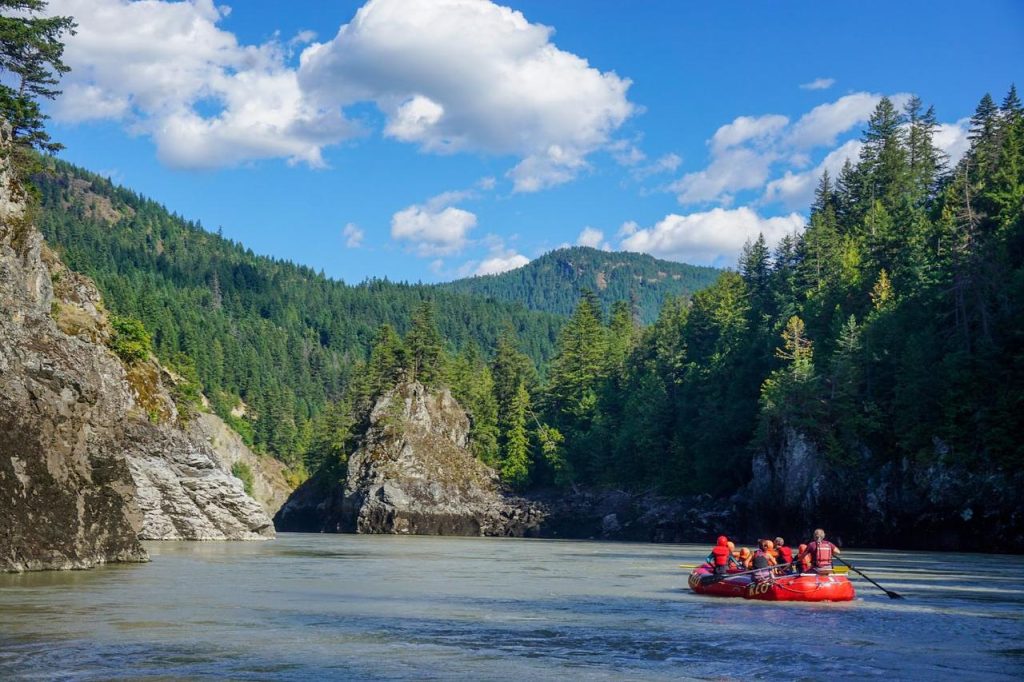
Nahatlatch River (near Hope)
The Nahatlatch is a dramatic, glacially fed river in the Coast Mountains near Hope. It is known for steep, sustained whitewater: canyon walls, cold water, remote surroundings. Sections include intense class IV-V rapids when flows are high. It’s for experienced paddlers only. Access requires planning: remote put-ins, seasonally variable flows. But for those who make the trip, the reward includes wild, rugged scenery, high adrenaline runs, and sense of remoteness. (Note: always check flow, meltwater, and permit/access conditions.) (Limited specific source data here, standard paddling guides describe Nahatlatch similarly.)
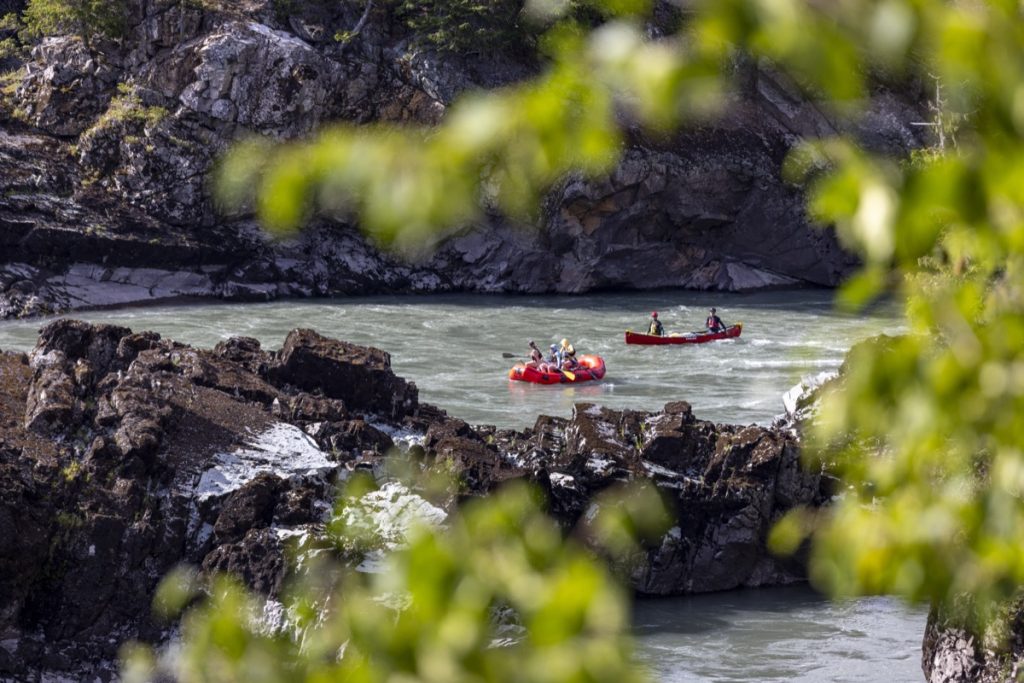
Skeena River (Terrace region)
The Skeena River is one of BC’s great salmon rivers, flowing through northern coastal and interior mountain landscapes. Near Terrace, paddling is more about floating, fishing, wilderness journeying than hardcore whitewater (though tributaries can provide that). Big volume, long runs, often remote, with scenery of huge mountains, deep valleys, old‐growth forest. Wildlife is abundant. For paddlers interested in exploring river corridors, viewing salmon runs, or multi-day trips, the Skeena provides adventurous flatwater and moving water. Be prepared for large flows, remote logistics, and changeable weather.

Kitimat River (Kitimat)
The Kitimat River, flowing into Kitimat and via the Douglas Channel to the ocean, gives paddlers a mix of freshwater and saltwater adventure. You can paddle river stretches, explore the estuary and tidal channels, sea kayak sections, or enjoy salmon fishing from kayak. The area also offers peaceful bays (e.g. Minette Bay) and hidden coves. Glacial melt feeds the river, making flows strong in summer. For those who want both wilderness and coastal paddling combined with lush landscapes and marine life (seals, orcas, sea birds), Kitimat is a standout.
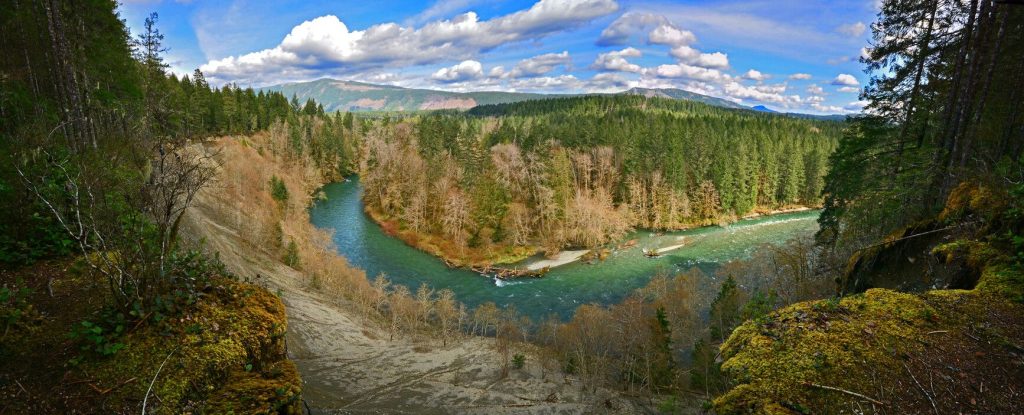
Cowichan River (Vancouver Island)
The Cowichan River (often “the Cow”) is accessible, well-loved, and varied. It flows through forested terrain, with sections suited for canoeing, rafting, SUP, and fishing. Year-round paddling is possible, with higher flows from October to May. Trails and roads follow parts of the river, making access easier. The river combines wildlife, woods, and opportunities for both relaxing float and more technical sections (depending on weather and flow). For paddlers on Vancouver Island who want beauty without extreme remoteness, Cowichan is a great pick.
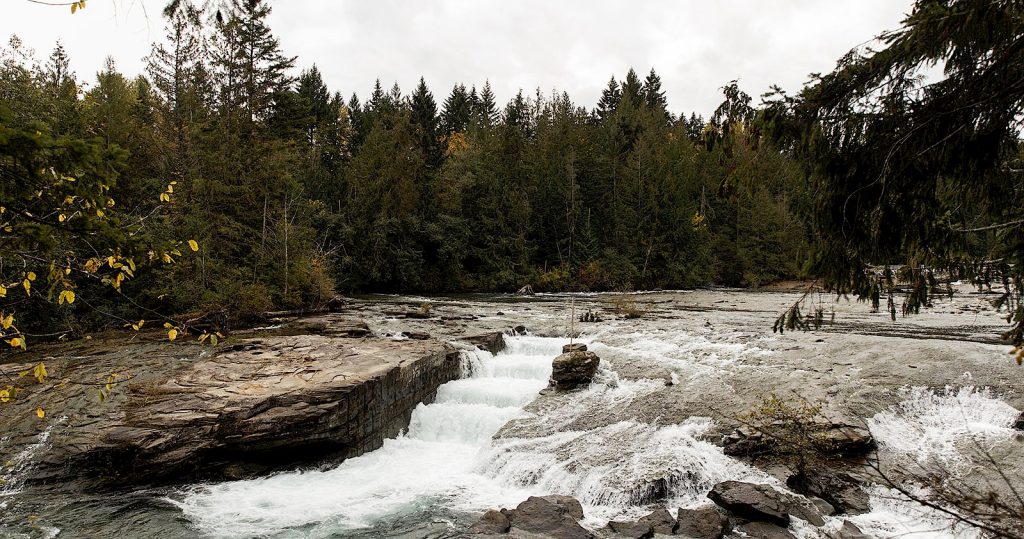
Puntledge River (near Comox, Vancouver Island)
The Puntledge River flows out of Comox Lake toward Courtenay and ultimately into the sea via the Courtenay/Tsolum/Comox River system. It offers a range of experiences: the upper Puntledge has massive slides, occasional waterfalls, and is creek-/slidey whitewater for experienced paddlers; the lower Puntledge is more moderate, class III+ in many spots, with play features, ledges, waves, holes. The river is also popular for floating, canoeing, tubing well below dam or in seasonal releases. Note the Comox Lake Dam and diversion dams which affect flow and require awareness of dam release schedules.




